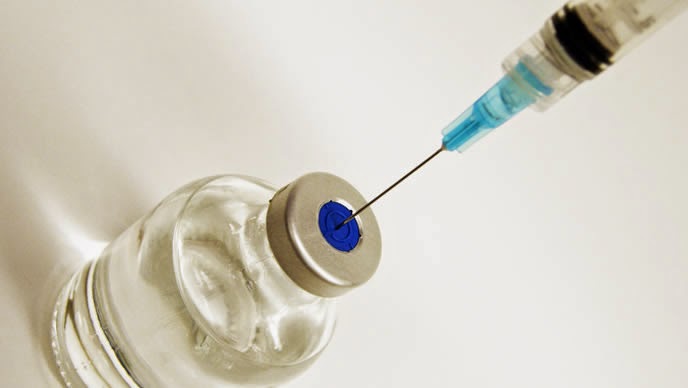Pediatric stroke is a stroke that happens in children or adolescents. Stroke affects about 6 in 100,000 children. Stroke is a leading cause of death in children in the U.S. Stroke is different in children and newborns than it is in adults. Children have hemorrhagic strokes as often as they have ischemic strokes, while adults are more likely to have ischemic strokes. Sixty percent of pediatric strokes occur in boys. Causes of stroke are also different in children than they are in adults. A longer definition comes from Wikipedia.
- Helping Kids Recover from Pediatric Strokes
- Identifying Strokes in Children with Moyamoya Disease
- Strokes: Recognizing them in Children | Keeping Kids Healthy
- Teen Stroke Victim Finds Voice at Children's Hospital of Michigan
- Parents of Daughter who Suffered Pre-natal Stroke Fear Cuts to Special
Education Threaten Children With Disabilities
- Girl's Miracle Stroke Recovery at Joe DiMaggio Children's Hospital
- Samantha Para and the Boston Celtics - Helping Children's Hospital
Boston
- Faces of Stroke Ambassador: Bailey
- Headline Blog: Pediatric Stroke
- The Yin and the Yang of Vaccinations and Strokes
- Day 8, I Am Thankful for my Children
- DIY Medical Treatment
- Shrinkage
- FROZEN: A Message about Siblings of Critically-ill Children
- One Parent, Two Parents and Child Well-Being
- I Would Go Stark Raving Mad
- Too Much Salt Can Threaten the Young
- Welcome to the Revolution.
- The Best Therapy I Ever Had... JACK!
- Weekly Columnists
- Musing: Pediatric Strokes - More Common Than Most People Think
SundayWednesday Stroke Survival: To California, I Went- Caregiver: Me
- Jester: Some Good Thoughts For Balance
- TED Talks - Melissa Fleming: The Story of Two Survivors
- Rick Mercer Report: Sturgeon Fishing & To-Do List
- Laid-Back Admin: No Post This Week
Saturday News | Future Topic
--------------+------------------------------------------
Dec/26/2015 | Christmas
Dec/19/2015 | CADASIL Syndrome
Dec/12/2015 | Stroke and Dementia
Dec/05/2015 | Cerebral Arteriovenous Malformation (AVM)
--------------+------------------------------------------
Dec/26/2015 | Christmas
Dec/19/2015 | CADASIL Syndrome
Dec/12/2015 | Stroke and Dementia
Dec/05/2015 | Cerebral Arteriovenous Malformation (AVM)









































